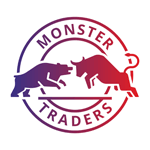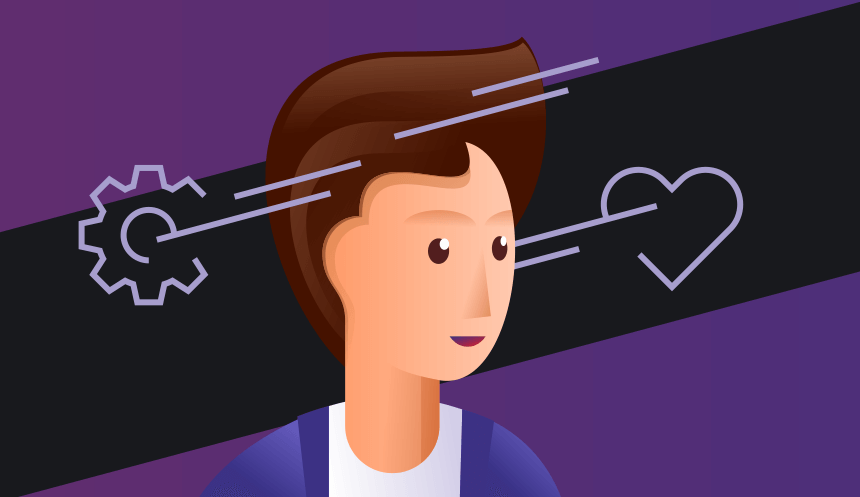
If you try to «sit between two stools,» you are bound to fall to the ground. That’s why we always have to make a choice – to keep working or take a break, to go long or go short, to take fifty points or let the profit grow, etc. Sometimes we have to make big life decisions – to get out of our comfort zones or go with the flow, to work for «the Man» or work for ourselves, to become traders or investors… Another decision that traders have to make is which trading method to choose. There are many trading approaches, but most of them can be divided into two major groups: automated (computer) and manual trading. And manual trading can be further divided into mechanical (systematic) and discretionary (intuitive) trading.
Simply put, automated trading involves using trading bots. And the manual method is when traders open and close positions by themselves. If in the latter case, «market wolves» strictly follow a formalized instruction when entering and exiting trades («one wrong step and the game is over»), it means that they trade mechanically. And if they opt to make independent decisions and form individual trading styles, it means they are discretionary traders.
Is everything clear? Yeah, right. Novice traders who try to make sense of this problem are in for one hell of a terminology mess. False ideas of these approaches run rampant because of it:
- Mechanical trading is often equated with robot trading.
- The discretionary approach is discarded as unsystematic.
- The word «intuitive» makes people believe that the left, logical, hemisphere of the brain must be switched off while trading (which is not true).
As a result, exchanges are full of beginners who adhere to the «I trade intuitively, on a whim» principle. And when decisions that were made on a whim lead to a predictable fiasco, these traders start to resent the discretionary method.
Well, now let’s try to get through the terminology maze. After all, how do you choose a trading approach if you don’t understand what they are all about?
Mechanical, aka systematic, trading: why it has nothing to do with robots
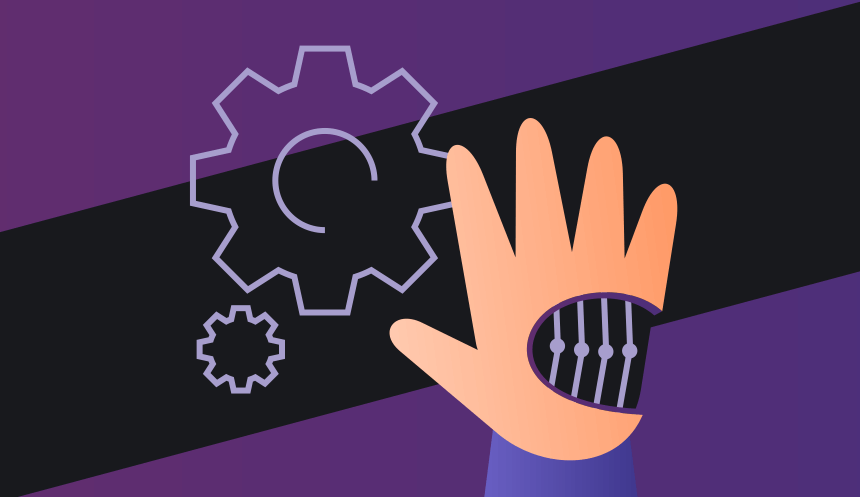
So, mechanical trading is one of the methods of manual trading. But why does it have a somewhat misleading name? The thing is, the word «mechanical» has several meanings. One of them is related to mechanisms, and that’s where the robot-related misconceptions come from. But when it comes to mechanical trading, this word means «routine, automatic.» In other words, it is something «uninfluenced by the mind,» as defined in dictionaries.
The word is used in this sense, for example, in War and Peace by Leo Tolstoy: «Natasha, without thinking, mechanically broke the seal and read a love letter from Anatole.» And a quote from Emmanuil Kazakevich’s Spring on the Order fits our context even better: «The General considered Krasikov incapable of thinking independently. On the other hand, he carried out all orders very exactly. Sizokrylov was often irritated by this mechanical efficiency.«
The latter perfectly reflects the essence of the exchange battles that are fought by mechanical traders. These traders carefully follow the rules that dictate how to open, hold, and close positions, but they are not allowed to think independently. Systematic trading is that very «mechanical efficiency,» which can be compared to «digging from the fence to lunchtime.»
This approach is called MTS. (No, it has nothing to do with metropolitan transit or movement tracking systems – you’ll have to make peace with the fact that there are some real terminology issues here.) In trading, MTS refers to «Mechanical Trading System.» That’s why, by the way, mechanical trading is also called systematic (or system) trading. (Again, the terminology is very, very confusing).
You should not confuse MTS with ATS. (ATS, in this case, is not a programming language but «Automated Trading System,» i.e. robot trading.) Mechanical trading is not synonymous with automated trading, although MTS rules do lie at the heart of bot trading. But a mechanical manual trading system may contain rules that cannot be translated into bot algorithms. This means that not all mechanical trading systems can be fully automated.
Those who prefer mechanical trading are usually referred to as system traders. Well, now let’s look at how they trade.
Characteristics of mechanical trading
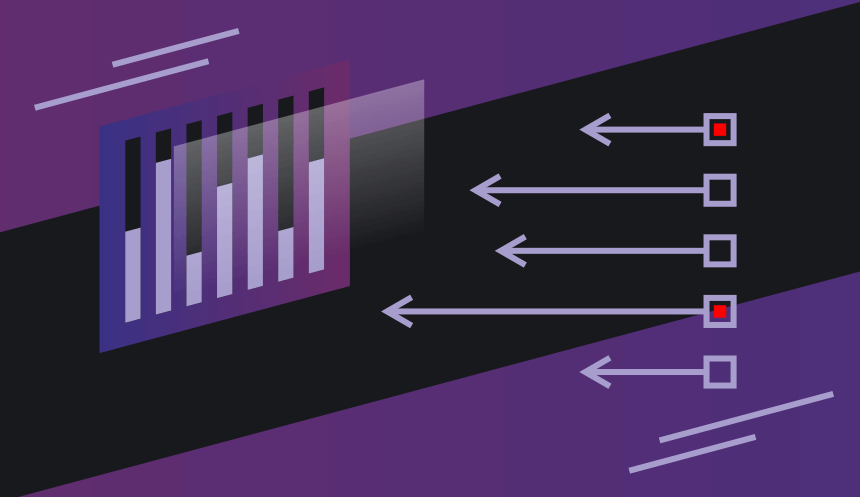
System trading is appealing to beginners because of its relative simplicity – you just need to learn the basics of trading, find your system, and then strictly follow the recipe (if you are told to boil eggs for three minutes, you boil them exactly for three minutes – not a second less, not a second more). Your past «culinary experience» is completely irrelevant in this case. Here are the key characteristics of this trading method:
- It is highly formalized. Formalization is a set of logical operations that are abstracted from the meanings of the concepts. Simply put, system traders «shake the tree» without thinking about what they are doing and without asking why they are doing it.
- It is very specific. There are no fuzzy concepts like «pronounced trends» or «strong candlestick patterns» in MTS. System traders have a set of rules with clear directions for placing orders.
- The market is viewed in terms of patterns (regular, recurring events). The algorithms that underlie the systems are based on the patterns that have been observed in the market behavior over long periods of time. Computers process the past data and identify economic cycles, patterns, and correlations. This helps us to get an idea of how the market should behave. And mechanical trading systems are built on this foundation.
- It is logical. System trading does not accept the intuitive principle, so it is sometimes referred to as the «left-brain» approach. However, this is not quite true, as the left hemisphere of the trader’s brain does not have much work to do. You just need to follow the instructions, that’s it.
- No self-initiated activities are allowed. System trading is in no way a creative approach. You cannot adjust a trading system to fit you.
Discretionary trading: you make your own decisions
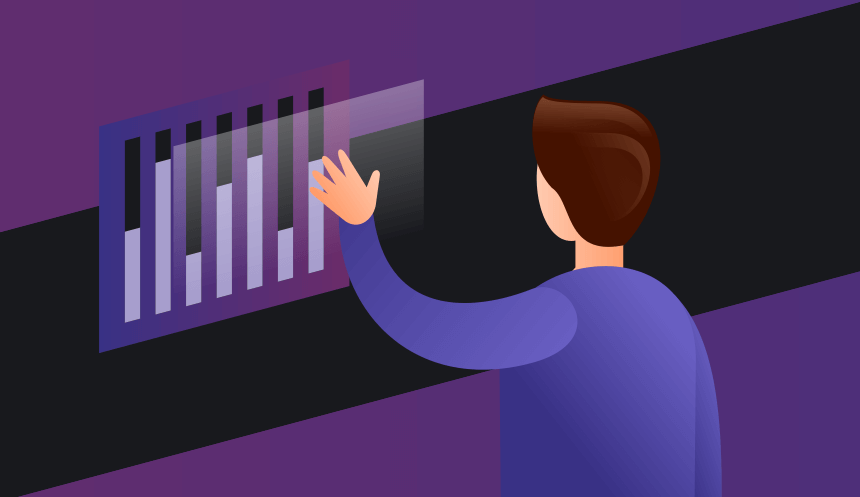
Let’s move on to the discretionary approach, which is considered an intuitive and creative method. The term «discretionary» may sound scary and confusing, but in reality, it’s not that complicated – this word means «regulated by one’s own choice.» This definition captures the essence of the discretionary method: players decide for themselves how to move the pieces on the chessboard. Traders make their own trading decisions.
The word derives from the Latin «discretio,» which means «discernment» or «power to make distinctions.» Inspiring, isn’t it?
Everything seems to be clear, but… Since discretionary trading is put in contrast with system trading, there may be some confusion. It may seem that discretionary traders use no trading systems and fire their trading shots at random. That’s exactly how many newbies see intuitive trading. («Let’s spend 10% of the deposit on a single trade! Here’s another one! Now, let’s catch a falling knife! Let’s jump into a departing train! And now, let’s run towards an oncoming locomotive!») And then they are surprised when someone tells them that discretionary trading requires a system too.
«Come again? What system are you talking about? I am no system trader!»
But you should know and remember – carve it in stone or write it on your forehead if you must – that despite the hiccups with the terminology, successful discretionary traders use trading systems too. These systems are not as rigid as in systematic trading (ideally, they are personalized systems). But still, this approach requires consistency and adherence to risk management principles.
What are the key points of discretionary trading?
- The system is flexible. There are rules, but they do not look like steps in a «vacuum cleaner manual» – they come in the form of trading principles. Many discretionary traders adhere to certain plans and build risk maps. But these plans can be adjusted.
- The system can be individualized. Successful traders warn beginners against blindly copying other people’s strategies. You can and you should learn from other people’s experiences, but at the same time, you need to develop your own trading style. The discretionary approach allows you to customize trading systems to suit your temperament and tau type, and other aspects of your psychological makeup.
- Discretionary traders analyze the current market situation. They monitor market behavior and analyze its «mood» to keep up with changing trends.
- Discretionary traders understand trading patterns. They, too, take resistance levels, candlestick patterns, and other professional insights into account. But unlike mechanical traders, they understand the meaning of the analyzed data and can explain why they make the decisions they do (which is also a starting point for mistake analysis). Discretionary traders cannot afford to trade mechanically.
- Discretionary traders take full responsibility for every decision they make. What happens if they mess up? They have no one to blame but themselves. That’s why they need to carefully analyze their errors if they want to succeed. They map out every problematic situation. They, and only they, are responsible for how they do in trading. They can’t blame it all on «stupid algorithms.»
- Discretionary traders rely on their personal experience. It is the basis of their decision-making process. As a rule, the more experience these traders have, the more successful they are.
- Discretionary traders can improve their trading systems and personal skills. This point follows from the previous ones. Discretionary traders keep trading journals, develop their self-criticism skills, read professional literature, work on overcoming their fears, improve their control over emotions, etc.
- Discretionary traders rely on their intuition. Well, this one is worth examining in detail.
Why is discretionary trading called intuitive?
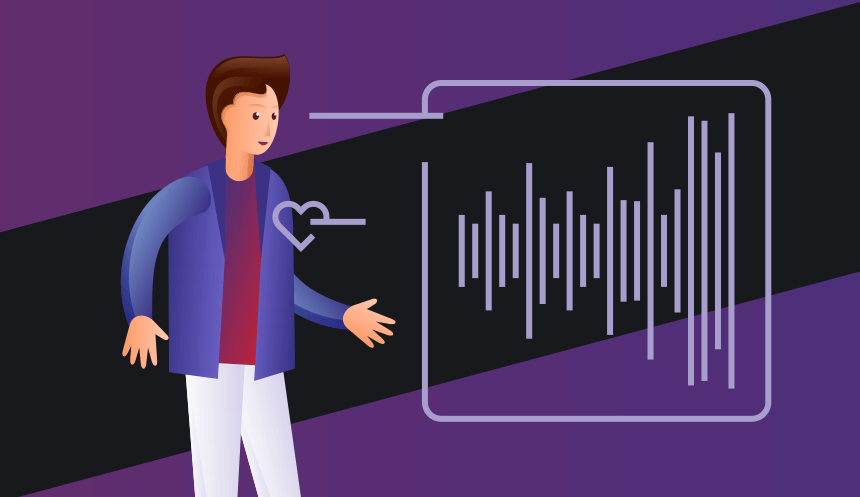
An important thing about the discretionary approach is that it allows you to use both hemispheres of your brain. Of course, not everyone takes advantage of this opportunity (some traders have a hard time using just one half of the brain), but successful discretionary traders actively use their intuition.
The left brain is responsible for logic and controls conscious actions, while the right hemisphere is considered creative and guides subconscious, intuitive decisions. And together they work synergistically.
The intuitive decision-making mechanism works faster than the logical one. While the left hemisphere is carefully processing and analyzing the information, the right hemisphere quickly pulls the solutions out of the depths of the subconscious. In his Left Brain, Right Stuff: How Leaders Make Winning Decisions, Phil Rosenzweig explains how exactly these two systems work and why humans need them both.
It may seem that traders need to think as rationally as possible because they work with numbers – and what are numbers usually synonymous with in our minds? With logic. But trading is highly affected by randomness, and this fact makes intuition an important tool for discretionary traders.
I’ve already written about the kind of trouble traders can get into if they bet on logic alone. The left brain is rational, and it looks for logical patterns in everything. If it finds these patterns, everything goes smoothly. But when the left hemisphere tries to find logic in a situation of uncertainty, that’s when the problems begin. To learn more about how it happens and what catastrophic consequences it can lead to, read the article on traders, pigeons, and lab rats (if you haven’t yet). I will just remind you that «brainless» birds and rodents are better at the guessing game than the average trader who tries to fight market chaos with logic.
By the way, the forecasts that ruin traders are the consequences of looking for patterns where there are none.
So maybe traders should turn off their left brains altogether? Isn’t this what «intuitive» trading implies? Not quite. Discretionary traders can’t do without the help of the left brain if only because it is responsible for risk control.
If you rely on the right brain alone, then how do you control emotional impulses that are so harmful to traders? How do you tame your instincts and get rid of fears and stereotypes? Experienced discretionary traders understand that they need to balance the two hemispheres.
So let’s add another clarification to the terminology: discretionary trading is called intuitive not because it requires turning off the left hemisphere of the brain but because it allows you to use both logic and intuition. Isn’t it better to have two arms and two legs? Well, the same goes for the head. As the great mathematician Henri Poincaré said, «It is by logic that we prove, but by intuition that we discover.» There is a reason why there are two hemispheres in the brain. It would be a shame not to use them both.
How do you turn on your intuition? Where do you find the button?

So, if you want to be a successful intuitive trader, you need to achieve synergy between both parts of your brain. But it is not an easy thing to do. The left brain is on by default, unlike the right one… Mark Douglas, the author of popular trading books, describes a serious problem one may encounter when attempting to master the art of intuitive trading. The problem is that our intuition doesn’t have a «turn on» button. Tough luck!
What’s even worse is that the left hemisphere is dominant, and if you are not experienced enough, it will «kindly» (that is to say, insidiously) throw wrenches into your intuition process. «Are you crazy? What do you think you are doing? Look at the indicators! Focus on the signals!» the internal logical tyrant will scream, demanding information from a «trusted source.» Douglas warns us that reason will most likely try to fight intuition at first – out of good intentions, of course.
So what can we do about it?We can develop our cognitive flexibility, free our subconscious minds, and shake up our creative potential. This can be achieved with the help of mental exercises, meditation, the flow state, etc. Google to the rescue, so to speak! I especially recommend reading Trading from Your Gut: How to Use Right Brain Instinct & Left Brain Smarts to Become a Master Trader by Curtis Faith. You can say, it is the ABC of discretionary trading.
What if intuition fails?
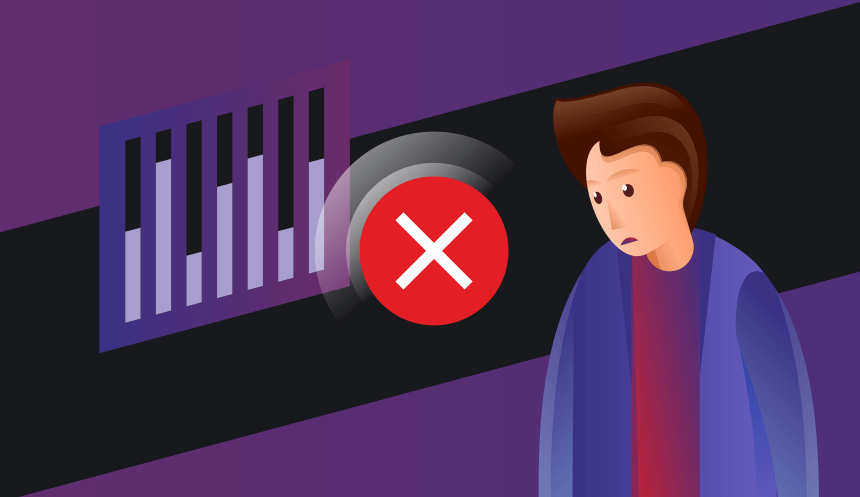
Critics of the discretionary approach point out the imperfection of the intuition mechanism, which does not always tell us the right answers. Or rather, some people have amazing intuition. And some do not have much intuition at all. And it’s okay if intuition just keeps quiet. It’s worse when it messes things up.
There are numerous psychological experiments and books related to this topic. The subjects of these experiments who decide to trust their intuition end up making risk assessment mistakes, opting for wrong choices, and losing a lot of money… If you read the books by Nobel laureate Daniel Kahneman (Thinking, Fast and Slow) or Professor David Myers (Intuition: Its Powers and Perils), you will learn how exactly intuition misleads people.
Let me cite just one example from Kahneman’s collection. Think of a smart and strong person. Is this person likely to be a good leader? Most people would answer «yes» to this question. But the problem is, the individual in our example is also cruel and corrupt. Does it change your opinion of this person?
Intuition fails most people in this case because we are used to ascribing certain qualities to leaders. The brain hears the words «a smart and strong leader…» and intuitively decides, «I’ll take two!» (yes, that’s how advertising works).
But some people’s intuition works differently. Sometimes the words «smart and strong…» make people think, «What’s the catch?» This means these people have seen what happens when intelligence and strength are combined with negative qualities. Or maybe, their experience tells their intuition that they are not given all the facts – that they are being deceived.
As you can see, sometimes intuition makes people trust a bad guy, and sometimes it sends a danger signal. And the difference is in the «stuffing» that we already have in our heads. It’s in our background, experience.
Intuition is an amazing interactive self-renewing system. The more expertise we develop in a particular area, the more adequate our intuitive responses to arising problems.
It’s the ability of the brain to develop intuitive skills that makes discretionary trading possible. The decisions that intuitive traders make are not «magical strokes of insight» or «psychic revelations» or clairvoyance. They are the result of our internal computers’ capacity to find answers in the database we have developed. And the quality of this database directly affects our success in trading.
Hence, the very important conclusions:
- You will have to learn anyway.
- It is very important to keep a trading journal and analyze your mistakes.
- You will have to make a lot of effort to overcome cognitive biases that arise from fears, stereotypes, and instincts (Terry Burnham gives a good overview of the problem in his Mean Markets and Lizard Brains: How to Profit from the New Science of Irrationality). You need to get rid of this cognitive waste so that it does not stand in the way of your intuition.
- The more experience you have, the better your subconscious mind works.
Don’t even think that you can become a successful discretionary trader with an empty head. Poking at random buttons and picking entry and exit points on a whim (counting on a miracle) is not intuitive trading. It’s stupidity. Sorry if it disappointed you.
The pros and cons of the two approaches

Well, let’s round it out! Everything has its pros and cons, and the trading methods we have described are no exception.
Systematic (mechanical) trading has the following advantages:
- It is less time consuming and easier to master.
- It is easier for beginners to start trading «by the book.»
- There is no need to dive deep into theory. All it takes is to learn the basics.
- The «human factor» doesn’t affect trading in this case. Your emotions don’t stand in your way.
- There is less anxiety and you feel less stressed (at least until a major failure).
- You can always blame everything on «stupid algorithms.»
But mechanical trading also has enough disadvantages:
- You cannot adjust a system to fit you. You are playing by other people’s rules.
- The rules of mechanical systems do not always respond to market behavior adequately. The real trouble begins when the «black swans» swoop down on the market – that’s when the algorithms start to fail. After all, if the economy has not faced a similar problem in the past, the system simply won’t have enough data to respond to it adequately.
- Mechanical trading is not very exciting. It’s like working at a conveyor belt. So eventually, you may want to ask yourself a fair question: Is this really better than working for «the Man?»
And what are the advantages of discretionary (intuitive) trading?
- You can build your own trading system by adjusting an existing one.
- Intuition speeds up the decision-making process (which allows you to engage in scalping, for example).
- Discretionary trading allows you to quickly adapt to market changes. The «black swans» turn from a threat into a source of profit.
- That’s where all the excitement is! You won’t get bored, that’s for sure.
But people who choose discretionary trading should not forget about the dangerous pitfalls on this path:
- This is a high-stress approach.
- You need to dive deep into the profession and always keep working on your skills.
- There is a greater risk of making mistakes because of uncontrolled fears and emotions.
- If you don’t have enough experience, your intuition may produce bad decisions.
- There is no one to blame your mistakes on.
- This approach does not work without strict self-discipline.
Horizontal opposition and vertical growth

«Here goes another trading warfare!» That’s what some of the readers might think is happening between systematic and discretionary traders. At first glance, this opposition seems purely horizontal, like the one between traders and investors (where there are two sides, and each has its own truth). But some authors believe that systematic trading is not one of the branches of manual trading but its initial stage.
Mark Douglas, the author of The Disciplined Trader and a number of other books on trading psychology, is one of those who proclaim the undoubted superiority of intuitive trading. And as for mechanical trading, he puts it at the bottom of the hierarchy of developing trading skills.
According to Douglas, this is the first step in the trading career where traders should learn how to work with trading systems and make stable profits. That’s quite a lot, isn’t it? But you can do even more!
The second stage in Douglas’s classification is the subjective stage. Traders who have outgrown mechanical trading take a step towards their freedom. They already have a good understanding of the market movements and can start playing their own game, deviating from the rigid rules of mechanical trading. It is very important to pay attention to introspection and self-reflection at this stage to identify your strengths and weaknesses. At this stage, traders need to determine what mistakes they are prone to make and how to avoid them in the future.
And finally, the third stage of development, according to Douglas, is the intuitive stage. He considers it the pinnacle of skill – like a black belt in martial arts. When traders start relying on their intuitive impulses, they finally get the opportunity to reach their full potential.
Intuitive trading is an art
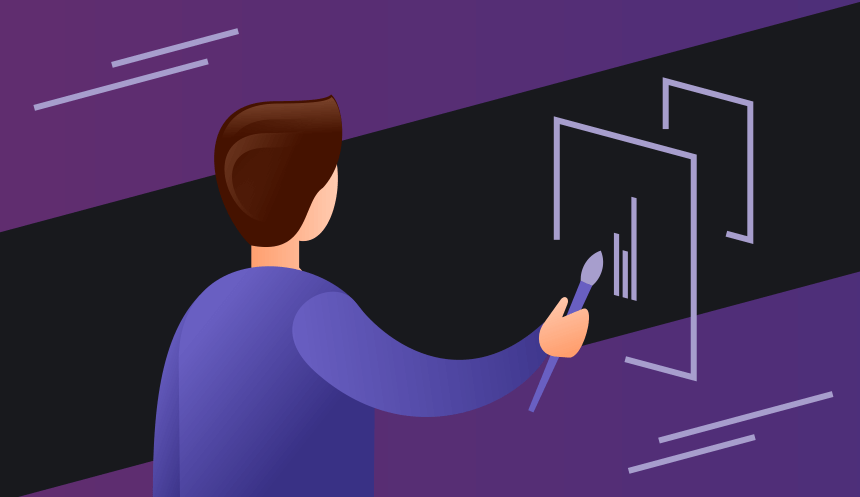
You probably want to ask me, «What about you? What is your trading approach?»
Personally, I adhere to the discretionary approach. When I talked about how I met my friends Steve and Chris, I mentioned the career crisis that proved to be the turning point in my life. After waking up among the shards of a broken monitor, I decided to start working on my intuitive trading skills under the guidance of Chris.
By the way, system trading is sometimes called «men’s trading,» and intuitive trading is often referred to as «women’s trading.» This is probably because women are usually more intuitive than men. But this, of course, does not mean that discretionary trading is «for ladies only.» Jesse Livermore and all other great traders used the discretionary approach to trading. If you read the collections of interviews by Jack Schwager or Kathy Lien and Boris Schlossberg, you will find a plethora of millionaire intuitive traders there, each with an individual trading style.
And finally, here’s an interesting detail about the intuitive approach: like any other right-brain activity, it allows us to work with inspiration. Those who choose the discretionary approach know that trading is a creative profession!
